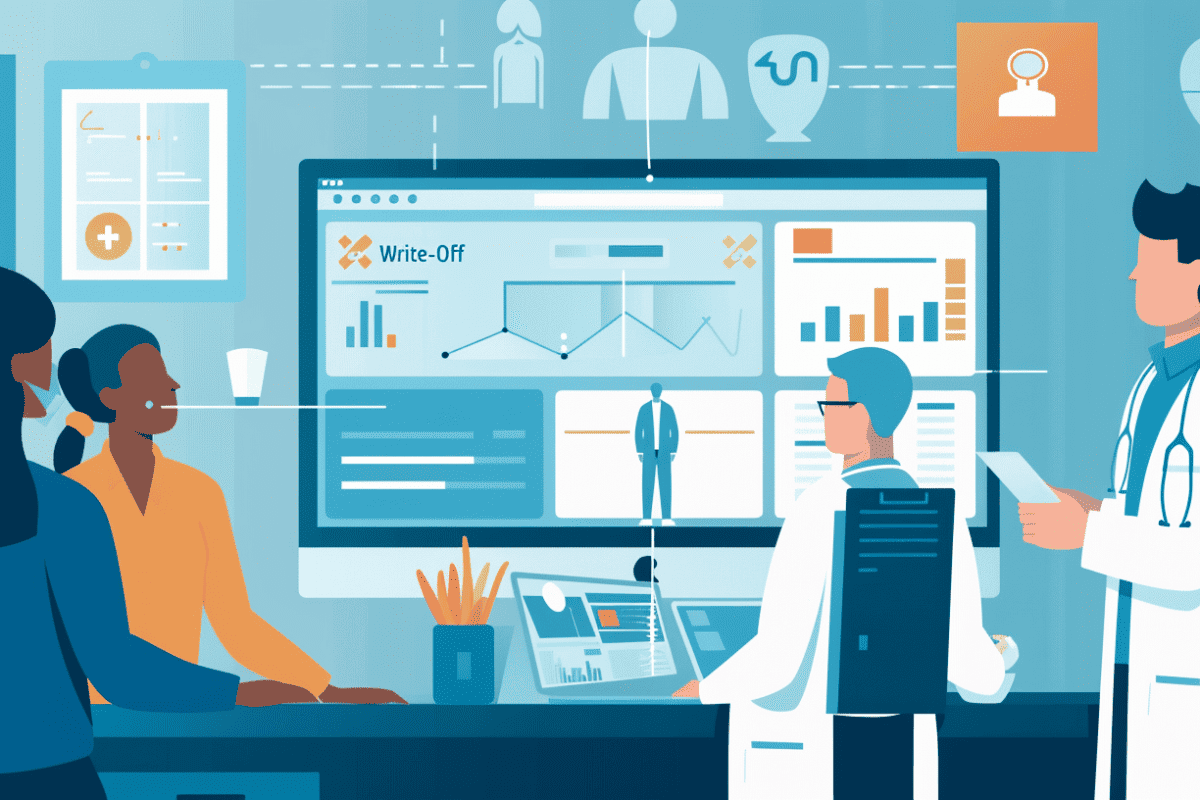Technology has made several breakthroughs across various industries. Digitalization and modern tools have made the most progress in the healthcare sector. This growth is excellent news since using tech, patient care, and medical resources has become much more efficient.
A significant innovation of the modern healthcare system is the development of a laboratory information system or LIS. Due to technology, medical labs have come a long way from being tucked away in hospital corners to now being the highest sources of revenue.
Additionally, with health practitioners now realizing the significance of evidence-based approaches, lab data is becoming more valuable than ever. For this reason, accurate diagnostics and reliable healthcare parameters are of the utmost importance, and so are medical laboratories.
But while medical lab data is vital, manually performing thousands or millions of diagnostic tests and maintaining their records is bound to be accident-prone. However, technological tools like LIS are fast gaining popularity due to their countless benefits.
And so, here is a list of the top six advantages a lab information system provides to healthcare facilities and clinical practitioners.
1. Offers a well-integrated platform
A LIS offers a one-stop solution where healthcare providers can access all the critical information regarding their patients. Medical information from microbiology, molecular pathology, radiology, biochemistry, and hematology is displayed on one platform. A team of physicians and pathologists can access these reports to diagnose patients accurately. More importantly, doctors don’t have to wait long hours to receive patients’ records and can instead view them as soon as their sample gets processed.
Besides diagnostic parameters, a LIS system like NovoPath also stores demographic and other basic patient information. This data can be highly beneficial for research studies to identify any correlation between disease incidence in a particular population subset.
2. Improves workflows
Quick turnaround times are critical for any work setting. These are key performance indicators in clinical laboratories to assess how well a lab is doing compared to its competitors. Automating manual tasks and robotics to do a significant portion of this work are the most effective ways to improve turnaround time. With a LIS, a lab technician can simply scan the barcode of a sample tube and place it in the relevant analyzer for processing.
Hospital settings and laboratories that use LIS also avoid bottlenecks by ensuring diagnostic tests don’t take longer than they should. If any sample does get delayed, technologists can quickly check for machine malfunctioning and avoid unnecessary delays.
3. Reduces overhead costs
Hospitals and organizations can significantly reduce overhead costs by improving the operational efficiency of routine laboratory work. Since LIS is an automated system, it eliminates the chances of human error and hence lowers the need for re-running the sample twice. Additionally, laboratories don’t have to hire extra manual labor since most of the machines perform the technical work.
Another area where hospitals and other healthcare facilities can save their overhead costs is printing. With medical records and reports available online on digital software, there’s no need for the relevant department to send hard copies of patient data to the doctor.
4. Easier to track samples
When a patient visits a clinical laboratory for any diagnostic test, the technician collects all the relevant information and then assigns them a specific registration number. Then, a phlebotomist collects the sample and barcodes the tube with the designated identification number. This barcode allows technicians and other healthcare professionals in the facility to track the specimen in real time. If a doctor wants lab reports urgently, they can ask the lab technologist to run this tube on an earlier batch. Using the barcode, they can keep checking for updates to see when the sample goes for processing until they finally receive the report.
5. Supports regulatory compliance
Traditionally, LIS software must support a lab’s compliance with relevant regulatory bodies. These may include ISO, CAP, OSHA, and even the FDA. When a program follows compliance guidelines, its procedures and processes automatically guarantee the efficiency and reliability of its workflows. The system ensures all laboratory procedures are licensed, registered, and certified before running any diagnostic tests. Therefore, when the customer or physician analyzes a medical report, they can rest assured that the data is accurate and reliable.
Medical systems and software that don’t follow regulations put both the patients and health practitioners at risk. But a compliant program ensures every procedure from the pre-analytical to the post-analytical stage remains safe and risk-free.
6. Manages corrective and preventive actions
Every LIS program goes through constant development and updates to improve quality and reduce the cost and time for necessary procedures. An essential factor for quality improvement is identifying areas where potential hold-ups may occur that may delay clinical workflows.
The LIS plays a crucial role in recognizing these blockades as soon as they happen so that the lab workers can take the appropriate corrective measures. It also encourages the staff to take a proactive approach and ensure they fulfill all system requirements to prevent any incident from happening in the first place.
Conclusion
In this age and era where data is abundant and crucial, software like lab information systems is indispensable for industries like healthcare. Often a LIS can be the fundamental difference between a smooth-running facility and one that routinely encounters problems. Therefore, recognizing its importance and consequently incorporating it into routine workflows might be the best decision for the healthcare sector.
This is a sponsored post
Digital Health Buzz!
Digital Health Buzz! aims to be the destination of choice when it comes to what’s happening in the digital health world. We are not about news and views, but informative articles and thoughts to apply in your business.



One comment
candacegeller
February 16, 2023 at 9:47 am
That was very useful. Also, there is a website called Rannsolve, a healthcare revenue cycle management service in the USA. They help hospitals, clinics, and health centers to improve the quality of healthcare.
Visit more: https://www.rannsolve.com/healthcare-rcm/